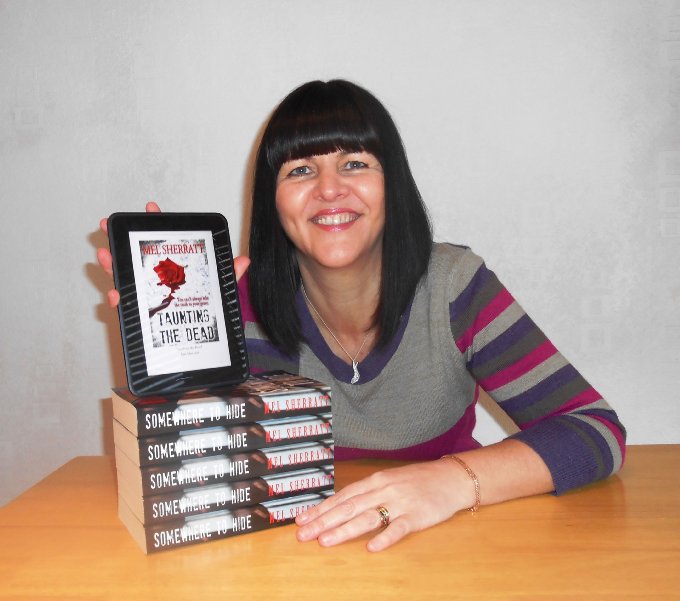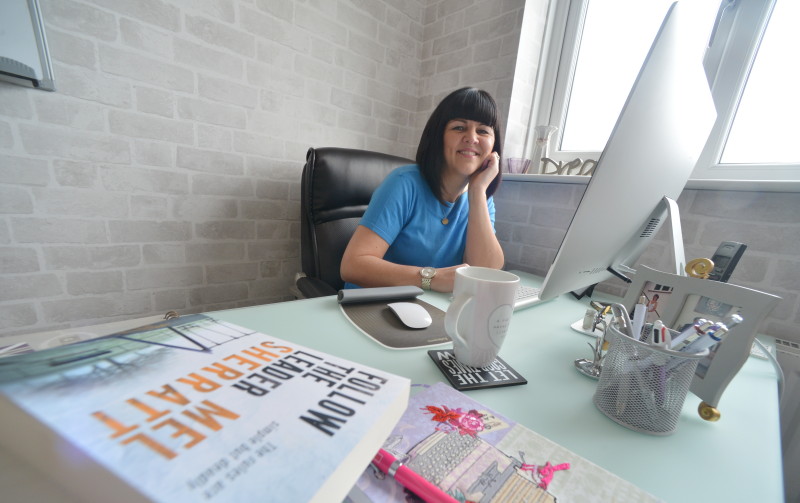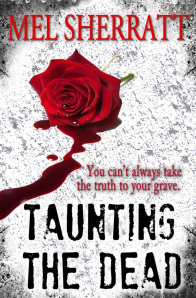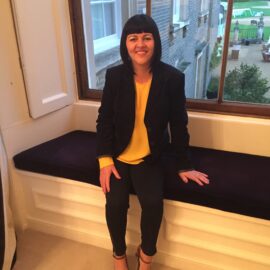My early days
Okay, it was a really long journey, mainly because of how technology changed along the way and made it much easier to network and communicate.
Also, the only way you could get a book deal when I first started writing was to have an agent, and that wasn’t an easy task.
I’ve wanted to write for as long as I can remember. My first ever short story was about a gobstopper called Gerry who was kidnapped by the Black Jacks and Fruit Salads in a sweet shop.
When I was ten, I used to go to the library every week to see which ‘how-to-write’ books on writing were new or available. I was bored of reading books in the children’s section and couldn’t wait until I was fourteen when I could join the adult library.
I borrowed books about how to write fiction, writing children’s novels, crime, romance, horror, screenplays, short stories, magazine articles – you name it, I wanted to try it. It was most disappointing when there were no new books to read, and equally exciting when a new one popped up on the shelves. I just wanted to write.
In the early 2000s, I would religiously wait for the new edition of the Writers’ & Artists’ Yearbook to come out. I’d sit down with a notepad and write a list of agents I could approach, what genres they represented and their submission details. Any new agents that hadn’t been included the year before were a bonus!
A very young me in 2012!
Pre internet days
Back then, most submissions – the first three chapters, a synopsis and covering letter – had to be sent by snail mail. Then came the wait. I don’t know why but most of the rejection slips would be delivered on a Saturday – so that would be another weekend ruined.
Worse, when it was a full manuscript I’d been asked to send, that would warrant a ring on the doorbell by the postman when it was sent back, so I was always dragged out of bed early instead of relishing a lie in. What a start to the weekend.
Back then, it was all about snail mail. There was no way of contacting agents, definitely no going straight to a publisher which authors can do now. Facebook wasn’t founded until 2004, Twitter 2006, and most writers worked alone with no one to encourage them or no other way of seeing their book in print without getting that elusive agent, or vanity publishing which was a no no for me.
I found my first agent in 2004, when I was writing contemporary women’s fiction (which I have since self-published under the name of Marcie Steele). I worked with her for three and a half years. We did eight rewrites on one novel – eight! – and she was about to send it out to publishers when she decided to retire. Part of me thought she just wanted rid of me but a few years later, I found out that she did actually retire!
I stopped writing for a year because I thought I wasn’t good enough. But, as any writer knows, the words won’t let you go and I was soon writing and pitching to more agents.
I got my second agent in 2008. By this time, my writing was going a little darker. I had moved away from women’s fiction to write the first three Estate books.
As I began to find my love for crime novels, I wanted to portray much more than emotion in my own books. I wanted to delve deeper into darker storylines. So my writing went from shopping and gossip, to gossip and emotion, to emotion and fear, to murder and justice.
As well as enjoying books by Martina Cole and Lynda la Plante, I began to read more authors I admired in the procedural genre, such as Peter James, Ian Rankin, Ann Cleeves and Mark Billingham. From all of them I learned about hooks, scene-setting, character-building, cliff-hangers, how to show not tell, how less is often more, and how to evoke a sense of place.
When my agent submitted Somewhere to Hide and Behind a Closed Door, the first two books in The Estate Series, they were rejected by publishers because they were a genre mish-mash, in between women’s fiction and crime and they didn’t know where to place them, nor how to market them to readers.
So I wrote Taunting The Dead, predominantly a police procedural, but with multiple view-points, and that too was rejected by all eight it was pitched to, because now it was too similar to other authors. I was devastated.
By now, Taunting the Dead was the fifth book I’d written.
Was I right to do this or not? I had a dream, no one was going to stop me from achieving it. Except maybe myself. But that’s a whole different story...
The break down point
I tried for 12 years to get a traditional deal. I lived the rejection, the hurt, the discipline of working day after day on a dream, around a full-time job, that may never be fulfilled. I spent all my spare time on it, sometimes to the detriment of enjoying myself. I was the one who would stay in while all my friends were going out.
Was I right to do this or not? I had a dream, no one was going to stop me from achieving it. Except maybe myself. But that’s a whole different story...
Taunting the Dead didn’t fit into an established niche either. Another reason was that it was based in my hometown of Stoke-on-Trent and publishers were after larger cities such as London, Edinburgh and Dublin.
So I changed tack.
I decided to self-publish Taunting the Dead to see if a traditional publisher might then take an interest. But getting the book noticed wasn’t easy. Even back in 2011, you couldn’t just put a book online and expect it to sell. It needed to be marketed – discoverability being the main objective.
I studied what was popular in the Kindle charts: the bestsellers and series that were selling well, books by unknown authors as well as books by bestselling writers, debut novelists and established ones too. I checked out covers and blurbs, and which genres were selling consistently.
I did more research, project planned, hired an editor, commissioned the cover, wrote a marketing plan. And then I decided to self-publish under a pen name for a trial run, using Stirred with Love, the first Marcie Steele book. If that didn’t work out, I hadn’t messed up a chance to write as Mel Sherratt.
I self-published it on 30 October 2011. I remember the first week it sold 23 copies. They were at 99p each - which equated to about 30p per sale. My fella laughed at the time and said that I’d made enough to buy a magazine.
But then something happened and in the space of a week, I had sold 700 copies.
The next month, it sold over 3000 copies and in January 2012, it sold over 6000 copies. Now 30p a sale isn’t great but when you have nearly 10,000 of them, equally over £3000, well, that wasn’t to be sniffed at. And Stirred with Love kept on going. It flew up the Kindle chart, straight to the top ten, and sold so many copies that my brain blew up!
I still don’t know what happened to this day. I was an unknown. I was Mel Sherratt. I had no social media platform as Marcie Steele, and I had no way of marketing the book. Back then, I hadn’t even thought of using advertising, such as Facebook Ads and Bookbub, and Amazon ads weren't available.
So I wonder now if because I had those first sales straightaway, whether or not I got picked up by one of Amazon’s elusive email blasts. And also maybe LOVE was a keyword, so putting love in the title was a stroke of genius, even though I do say so myself. I hadn’t heard of keywords back then.
By that time, I had also finished book three in The Estate Series but it also gave me the impetus I needed to try with Taunting the Dead in my own name. I published it on December 8 2011 – no mailing list, no fanfare, just a blog post about how tired I was of being rejected so I was having a go at self-publishing instead.
I had been a blogger for several years prior to publication and had built up a lot of support online which helped to spread the word about my self-published novel. I discovered that through my blog and Twitter I had created a ‘network’ of contacts who read and then recommended my books of their own accord.
Taunting the Dead did even better…
Pressing the button on Kindle was by far the best thing in my life I have ever done. It changed my life completely, making a career for me - my way.
My first published book - even though it is so outdated, I still love this cover.
When I first self-published in 2011–12, I was worried that if I couldn’t get a publisher to sign up my gritty novel, making it available direct to the public might scupper my writing ‘career’ before it had really started. But in fact, using the strategy I had adopted for Taunting the Dead, over the space of six months I self-published books 1-3 in The Estate Series. By the end of 2012, I had sold over 200,000 ebooks, and only one of those was at 99p that year. That was when agents came looking for me. I had seven contact me in the same amount of weeks. I signed with my third agent.
The publishing world is predominantly white middle-class, London centric (although that is slowly changing) and yet I found my readers with my working-class stories. I’d gone from twelve years of waiting around for an agent, publishers, editors to get back to me, to having complete control of my own destiny.
Pressing the button on Kindle was by far the best thing in my life I have ever done. It changed my life completely, making a career for me my way. So far, I have worked with three publishers, had six two and three book deals, and have self-published alongside those books coming out. I’m classed as a hybrid author now, doing a bit of both.
And I love it.





